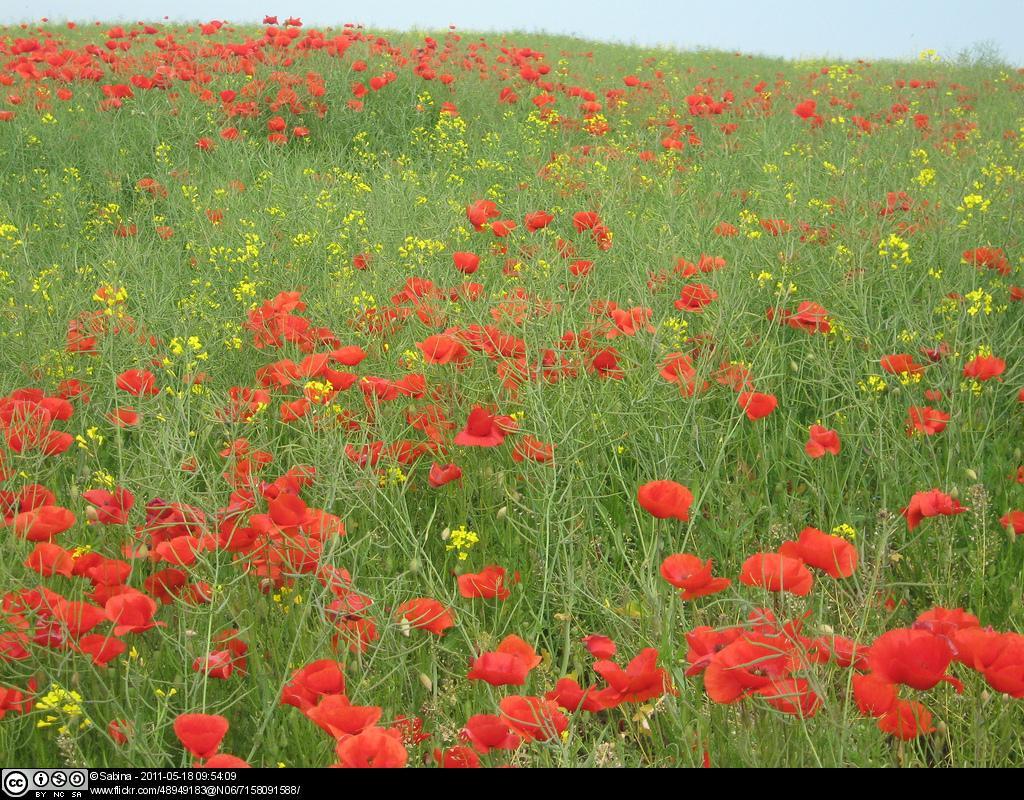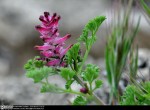
A sight to behold: The beautiful reds of Papaver rhoeas (Field Poppy) and yellows of Brassica napus (Oil Rapeseed).
The Papaveraceae contains two distinct subfamilies: Papaveroideae and the recently re-classified Fumaroideae (Stace, 2010). In this blog we take a look at two species that can be found on campus – each of which is an excellent example of their respective subfamily.
Papaver rhoeas L. (Field Poppy) is a British native and can be found growing near the Harborne building. Since the Neolithic Period it has been a highly successful weed; following and exploiting the spread of farming across the globe (Mabey, 1996). Perfectly adapted to the tilling and disturbance of the soil; it also flourished on the battlefields of Northern France during the first world war.
The flowers of Papaver rhoeas are radially symmetrical (actinomorphic) and the petals are free. The superior (hypogynous) ovary is 1-celled, and once matured, grows to form the highly distinctive fruit capsule or ‘pod’ (Stace, 2010).
Fumaria officinalis L. (Common Fumitory) can be found growing on disturbed ground near the Agriculture building. In latin, the name Fumaria translates ‘smoke of the earth’ – this being a reference to the smoky appearance of the grey-green leaves (Mabey, 1996). The Fumitories differ from the rest of Papaveraceae as they have unique bi-lateral (zygomorphic) flowers, and they produce watery sap instead of latex (Stace, 2010).
References
Mabey, R. (1996). Flora Britannica. Sinclair-Stevenson, Great Britain.
Stace, C. A. (2010). New Flora Of The British Isles. Cambridge University Press, Cambridge.
Copyright Statement
Permission granted to reproduce for personal and educational use only. Commercial copying, hiring and lending is prohibited.



